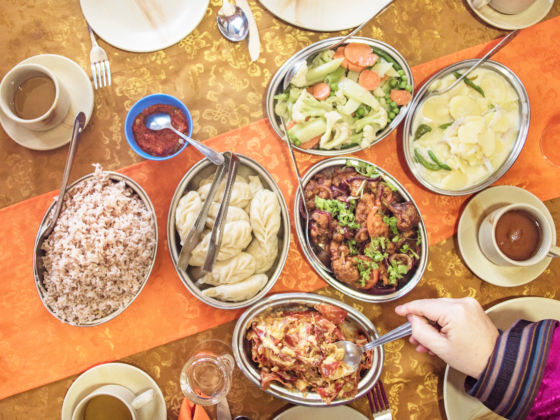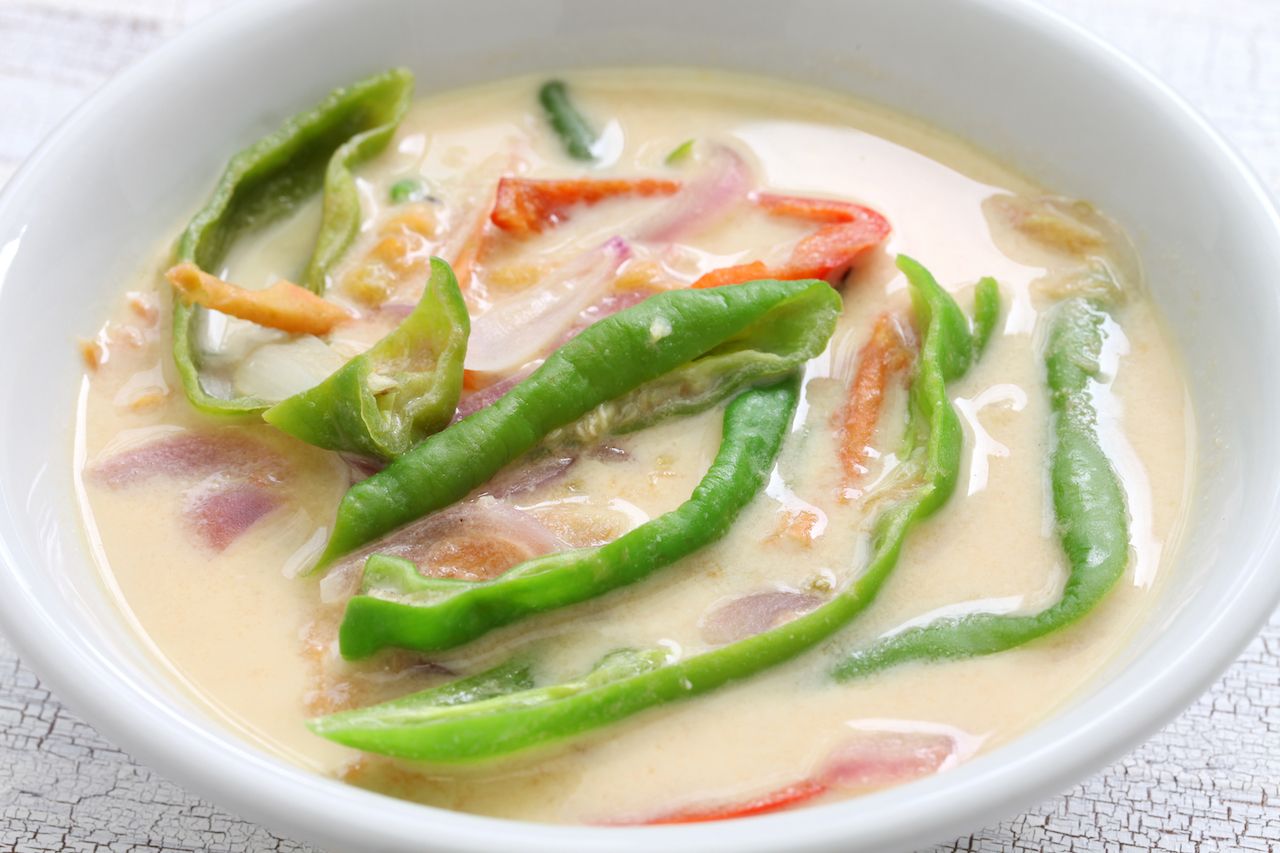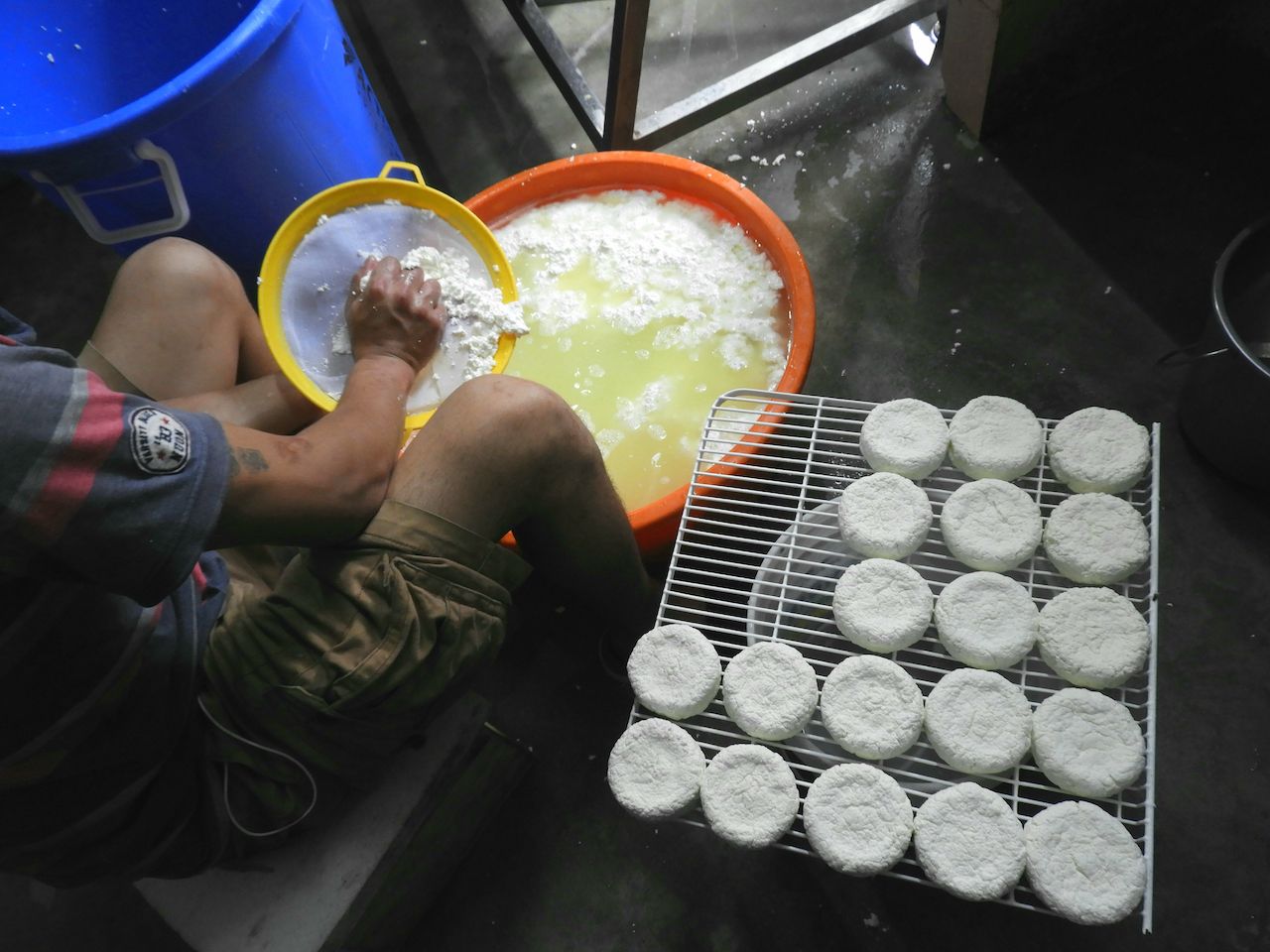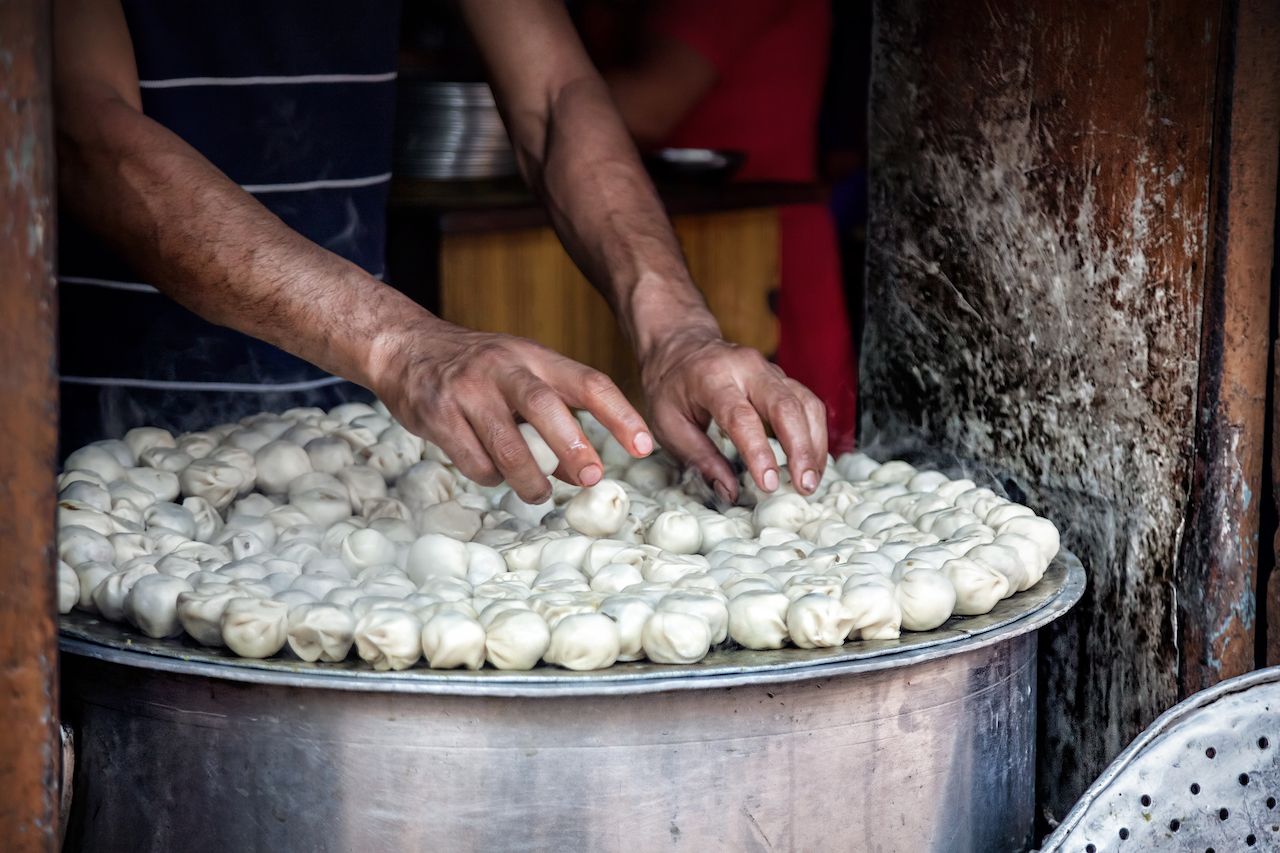A meal at a Bhutanese restaurant may give you the impression that Bhutan’s cuisine is built on two elements: rice and chili. Because of Bhutan’s high altitude and rough terrain, traditional Bhutanese food is based around a small list of ingredients. The most common are rice, chili, yak meat, and dairy. These ingredients are used in a long list of rustic, rich, and hearty dishes that are especially nourishing in Bhutan’s cold winters.
A traditional Bhutanese meal is communal. Various dishes are served in wooden bowls and shared among family and friends. Although metal cutlery and chopsticks are regularly used in the city and in restaurants, it’s not unusual for people to eat with their hands in intimate settings. Simply squeeze a lump of rice into a ball, pick up a piece of meat or a vegetable, and eat the whole thing in one bite. To finish off the meal, wipe any sauce or juice left on your plate with a handful of rice.
Whether using cutlery or your hands, these are the iconic Bhutanese dishes to expect in a traditional meal.



